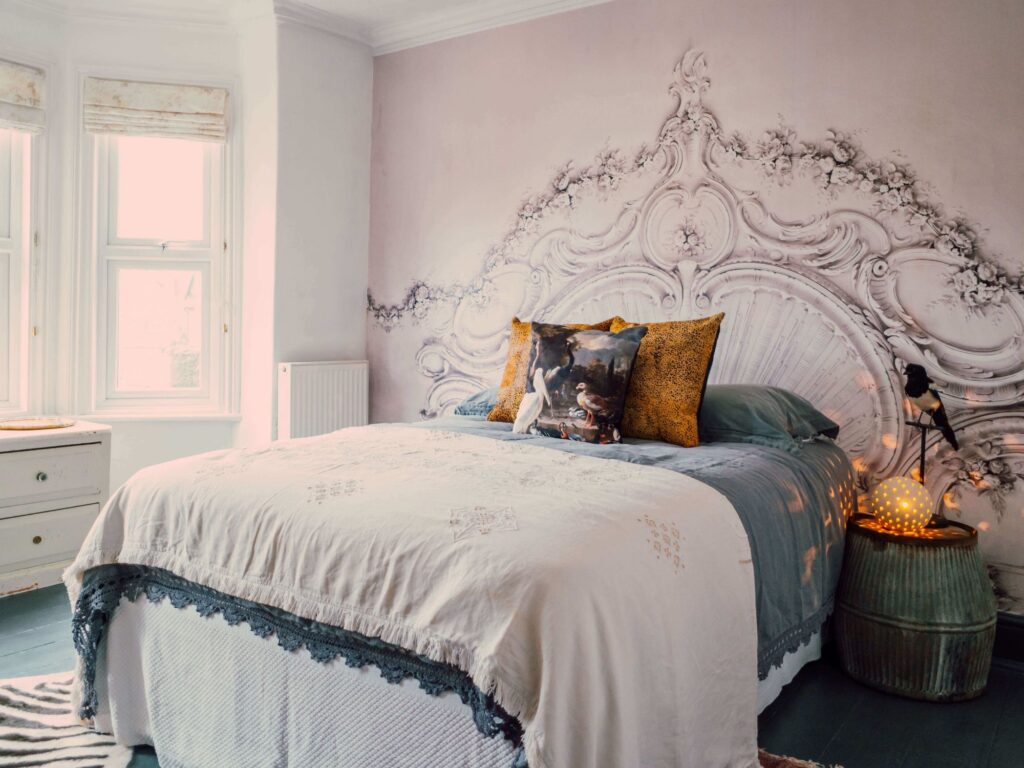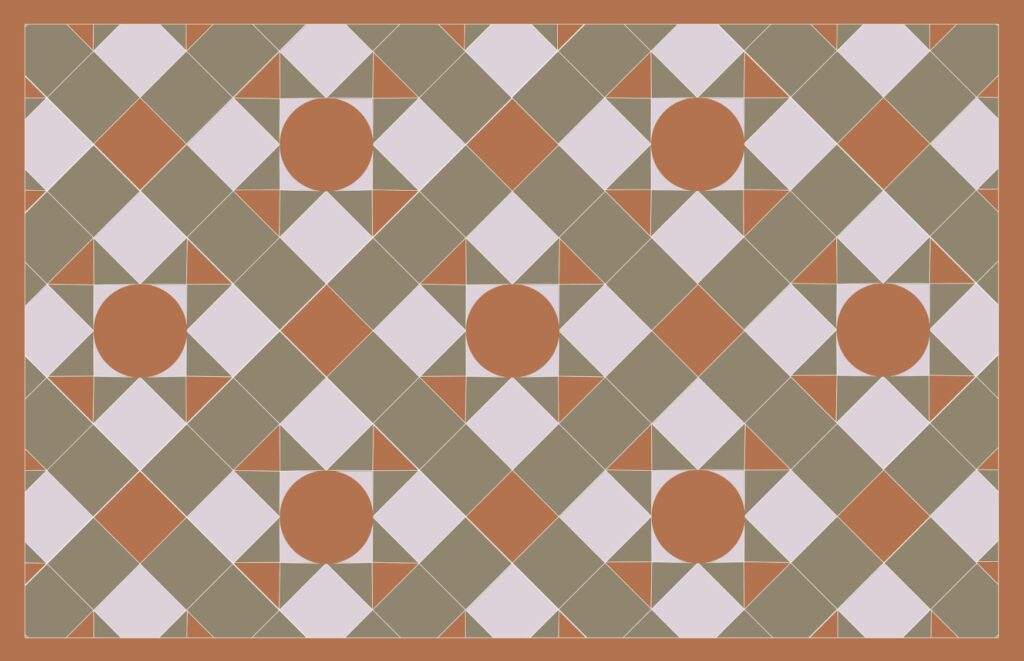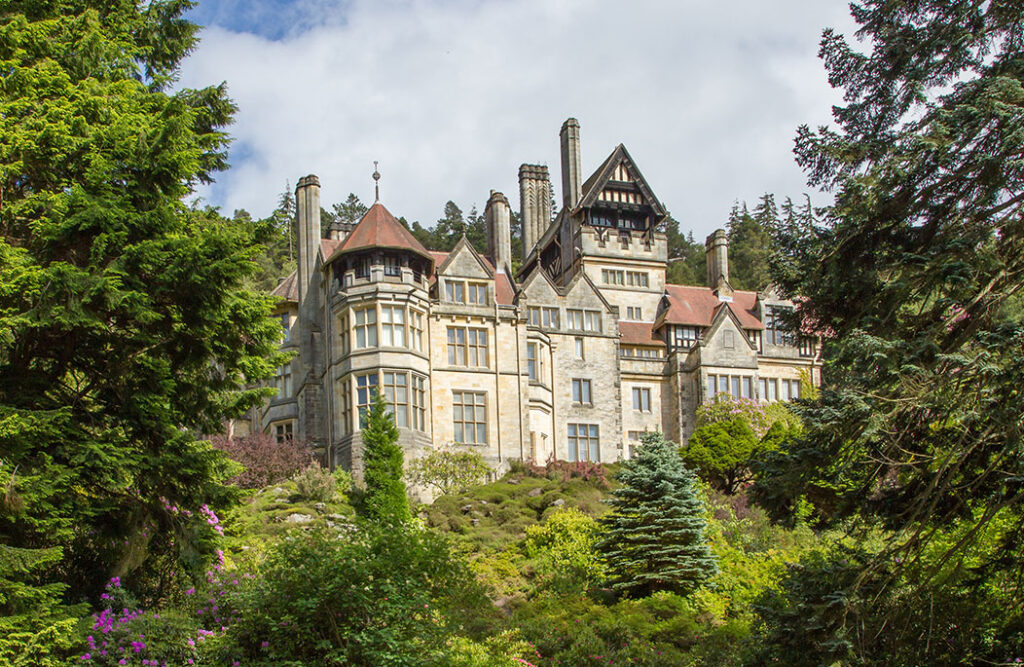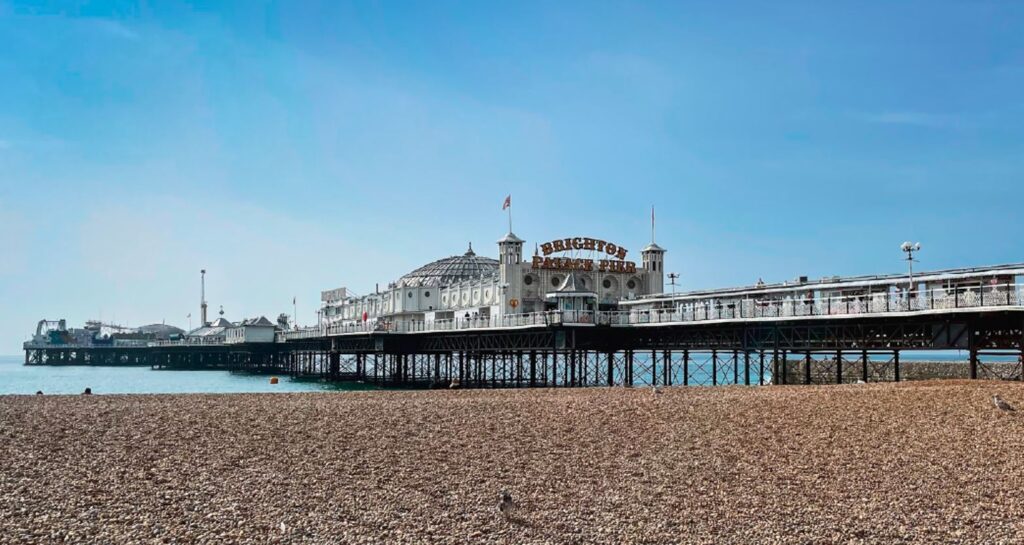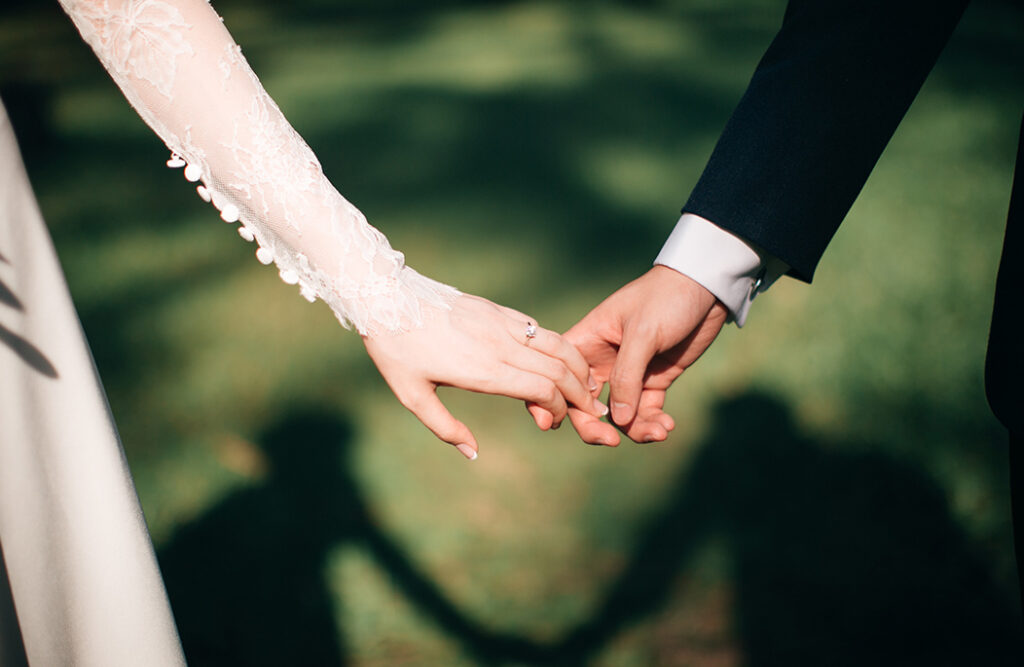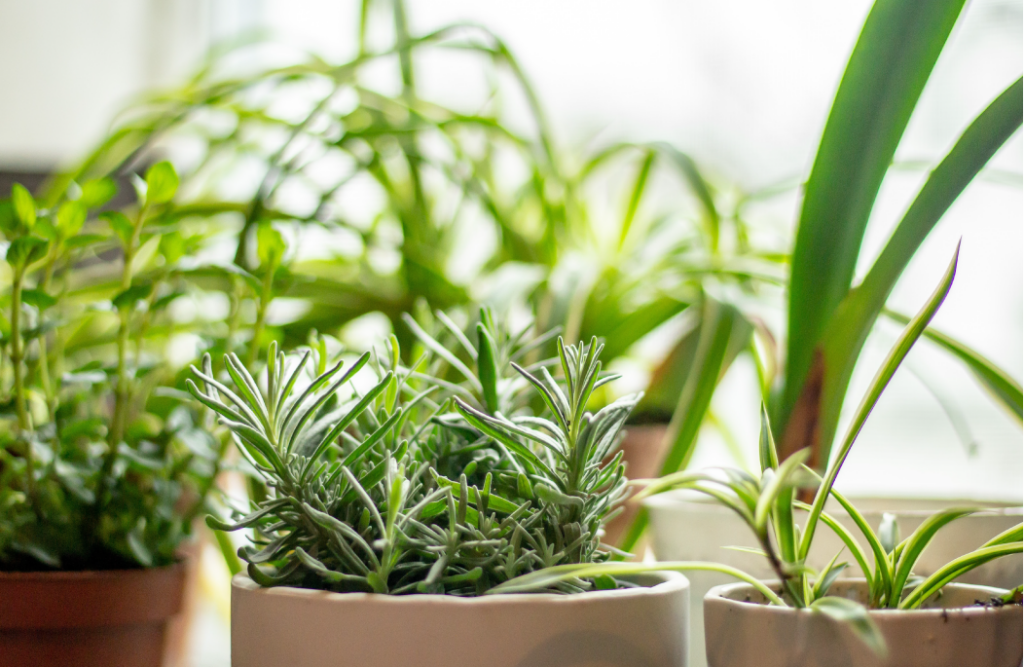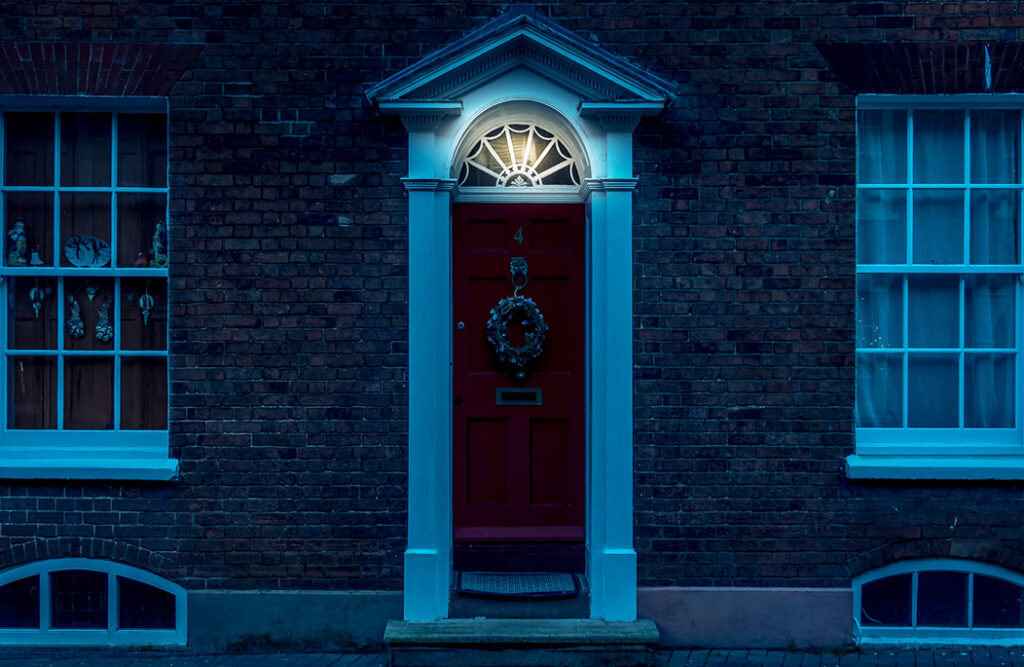In the depths of winter, there’s only one thing on the minds of most people – hibernation. The evening gets dark super early, bitter cold forces you inside, and most people are still in post-Christmas saving money mode. So, instead of grumbling, why not take advantage of the season and focus on improving your health in the easiest and, arguably, the most beneficial (free!) way – improving your sleep!
The Victorians were among the first to utilise and decorate their homes to benefit their wellbeing, so here are a few ways you can improve your sleep, borrowed from the Victorians.
Create a sleep-conducive environment
Firstly, there are a few simple rules that the Victorians followed to create a relaxing environment in the bedroom.
- Choose the right mattress: Soft feather mattresses can lead to people becoming too warm and getting ill – better to have horsehair and straw
- Keep the colour scheme light: Carpets should be in lighter shades and to stay true to Victorian influences, with bright field-flower patterns. Avoid anything too dark and sombre
- Lay your carpet strategically: Do not place your carpet under your bed, as debris can gather there and create a hot bed for fleas and dust
Use herbs to aid relaxation
There are a number of herbs that can help improve mood and help you relax.
Catmint
This plant is catnip’s showier sister, with stunning grey-green foliage and spikes of purple-blue, pink and white flowers. It can grow up to three to four feet in height meaning that catmint forms a beautiful border or edging for a garden. All catmints are great for attracting butterflies and bees (and cats!). Victorians used catmint as a tea to help them sleep and it was also used to ease colic in babies. A herbal guide adds: “The young tops, made into a conserve, have been found serviceable for a nightmare.” Catmint should be sown or planted out in spring and thinned to at least a foot apart. It also thrives in containers which serve a dual-purpose – taming a plant that can often be an aggressive grower. The plant is a natural insect deterrent for aphids.
Lavender
Lavender is a herb that has been used for more than 2,000 years and was one of the hardest-working plants in a Victorian garden, providing beautiful colour in addition to a useful herb. Lavender cleanses the skin and was used by Victorians as a treatment for spot- prone skin and to combat headaches and depression. It was also used as a nerve tonic, a compress for chest congestions and was an ingredient in the smelling salts used to revive swooning ladies.
In the kitchen, cooks used it to make fragrant fruit jellies and vinegars and housekeepers would use lavender water to scent bed linen to aid sleep. Lavender needs sunshine and well-drained soil. When the flowers have been picked or have faded, clip them and cut back the stems by a few inches.
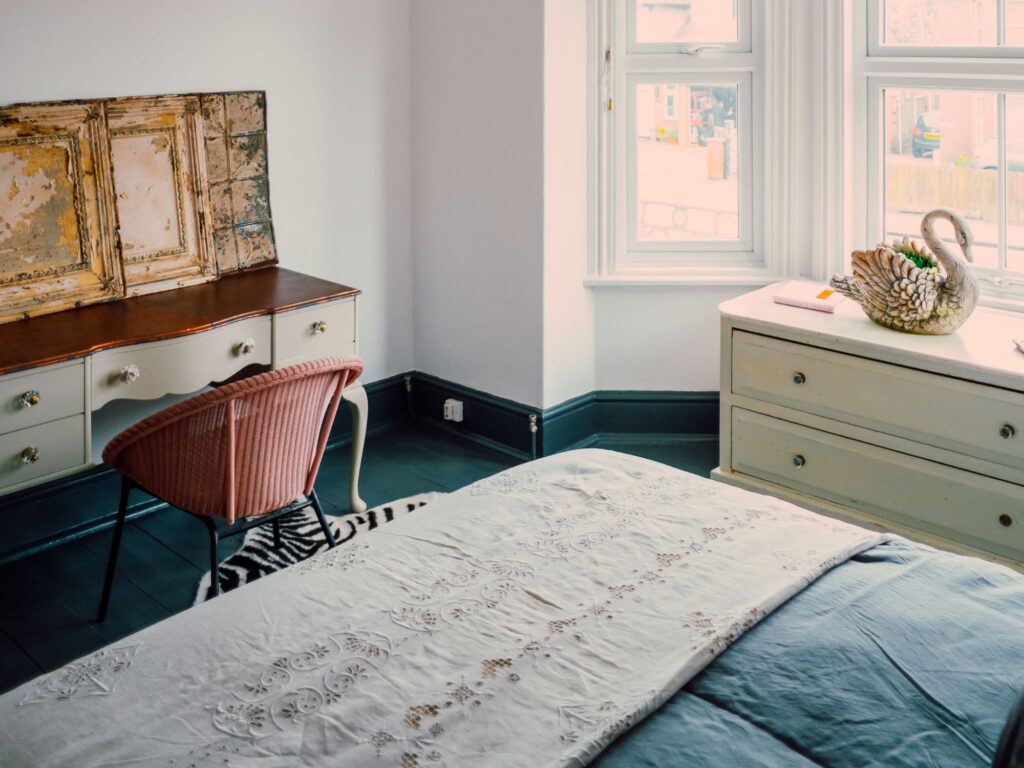
Make yourself a dream pillow
The Victorians believed that using herbs at night-time was a route to a blissful night’s sleep. They would sew sachets which would then be filled with blends of herbs which were traditionally used to soothe or to cure insomnia. These sachets were also popular gifts to take to a loved one who had fallen ill.
Make your own dream pillow by sewing a simple sachet from material and filling with a mix of dried herbs. You can either sew the sachet shut or use a ribbon to tightly enclose the herbs which can then be refreshed or swapped at a later date.
Try a blend of equal amounts of rose petals, dried lavender or dried lemon verbena or one of calendula flowers (thought by the Victorians to foretell the future) and chamomile (which the Victorians believed chased away nightmares). Another good trio is mint, lemon verbena and sweet marjoram, while deep sleep is often aided by a blend of lavender, peppermint, hops and chamomile.
Make your beauty routine benefit your sleep
If you don’t already have a nighttime skincare routine (you should!) try this Victorian-approved one. Give your face a Russian bath every night; firstly, carefully wash it with water as hot as you can take it then, immediately after, splash it with cold water. This cold water ‘shock’ will cause your skin to tighten and increase blood flow to your face, giving you a gorgeous glow. Next, use a toner and a moisturiser with Retinol, both of which will get to action while you sleep. Then it’s good morning, sleeping beauty!
Get insurance for your Victorian home
For extra peace of mind at night, call 0800 369 8590 for a swift Victorian home insurance quote. Our home insurance customers saved an average of 31% in 2021 when taking out a policy with us. See how much you could save by giving us a call.
